Kidneys 1 - Overview & ADH
This lesson covers:
- The different functions of the kidneys: namely removing waste, and regulating the levels of water and ions in the blood
- How 'filtration' and 'selective reabsorption' work
- How the body regulates water levels using antidiuretic hormone (ADH)
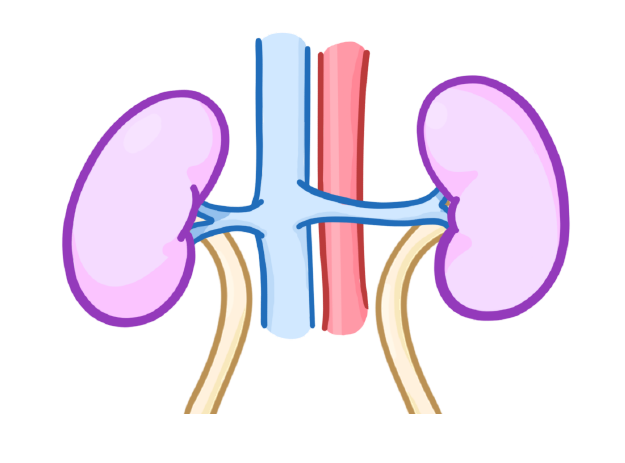
What are the functions of the kidneys?
(Select all that apply)
Regulate water levels
Remove urea
Regulate ion levels
Remove carbon dioxide
Regulate growth
|
Deamination
amino / carbohydrates / proteins / deamination / urea / carbon dioxide / heart / kidneys
- If the body has more acids than it needs, it can convert them into lipids or , which can be stored as an energy source for later.
- This process is known as , and takes place in the liver.
- The downside of this process is that it produces the waste product , which has to be excreted by the .
|
Select two ways ions be removed from the body?
By breathing
By the liver
By the kidneys
By sweating
|
True or false? Ions have many uses in the body, but if their concentration in the blood get too high, or too low, it can damage cells and make us ill.
True
False
|

If we have too much water in the body, what could happen to our cells?
They could lose water and shrink
They could lose water and burst
They could gain water and burst
They could gain water and shrink
|
Cells can gain or lose water by __________.
Osmosis
Active transport
Exocytosis
|
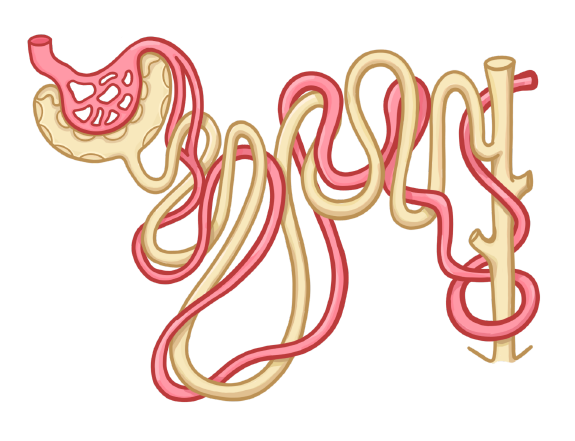
Each kidney contains millions of tiny units called .
|
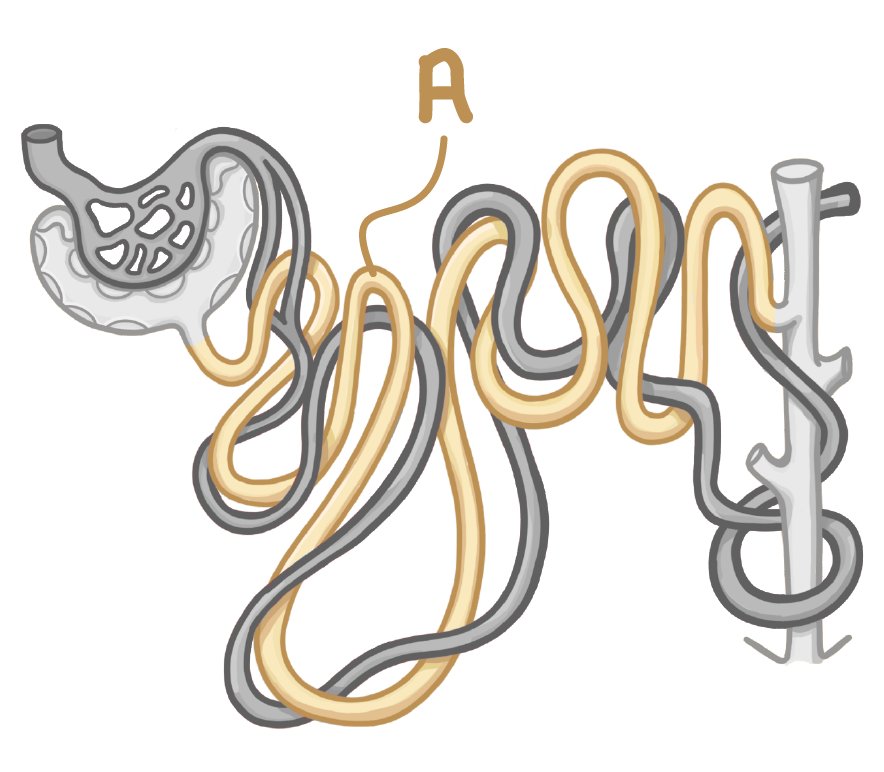
What is the structure labelled A?
Ureter
Nerve
Tubule
Capillary
|
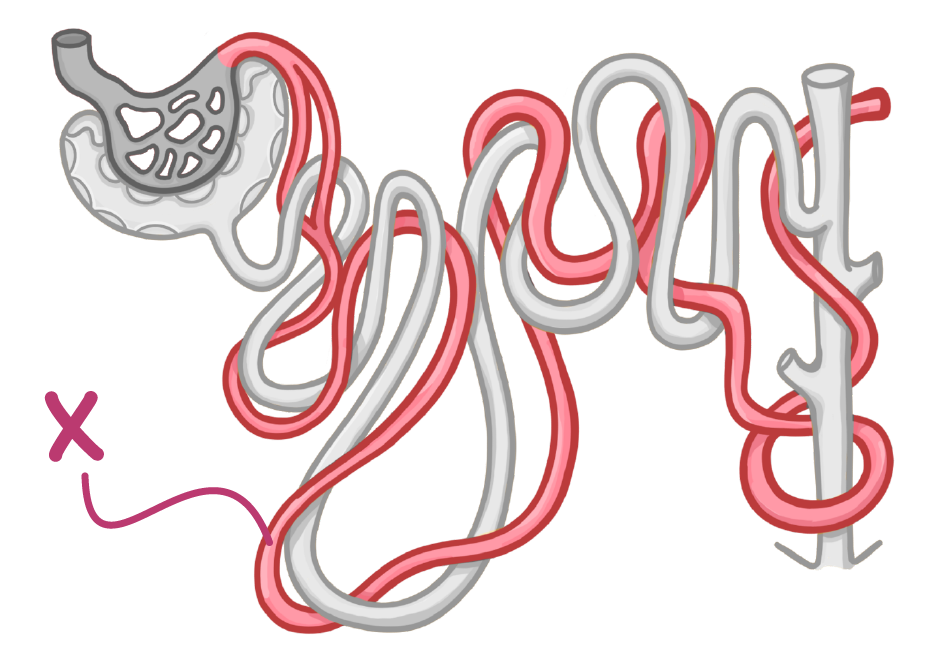
What is the structure labelled X?
Tubule
Nerve
Ureter
Capillary
|
As blood passes through the kidneys, small substances like glucose, amino acids, and water, are absorbed from the blood into the kidneys.
What do we call this process?
Selective reabsorption
Urination
Filtration (or ultrafiltration)
Deamination
|
As the filtrate passes through the kidneys, useful substances like glucose are reabsorbed from the tubules, into the blood.
What do we call this process?
Deamination
Selective reabsorption
Urination
Filtration
|
Which substances are not filtered from the blood into the kidney tubules?
(Select all that apply)
Red blood cells
Water
Glucose
Large proteins
Amino acids
|
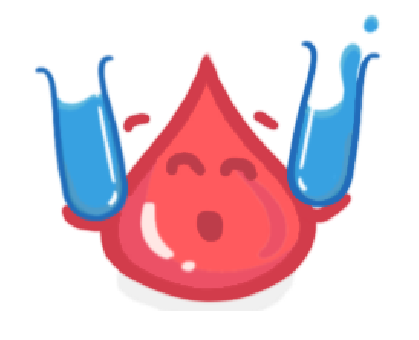
Which hormone is responsible for regulating water levels in the body?
Insulin
Antidiuretic hormone (ADH)
Thyroxine
Adrenaline
|
Which part of the brain detects the level of water in the body?
Cerebellum
Cerebrum
Medulla
Hypothalamus
|
How the body responds to low water levels
tubules / blood / more / less / pituitary / medulla / hypothalamus
- A part of the brain called the detects the low concentration of water in the bloodstream.
- This causes it to send a signal to the gland, which tells it to release antidiuretic hormone (ADH).
- The ADH travels around the body in the , and stimulates the kidneys to reabsorb more water from the into the blood.
- This means that urine will be made, and the concentration of water in the blood rises.
|
Does ADH increase or decrease the concentration of water in our bloodstream?
Increase
Decrease
|
What type of feedback does the body use to regulate water levels?
Negative feedback
Inverse feedback
Positive feedback
|